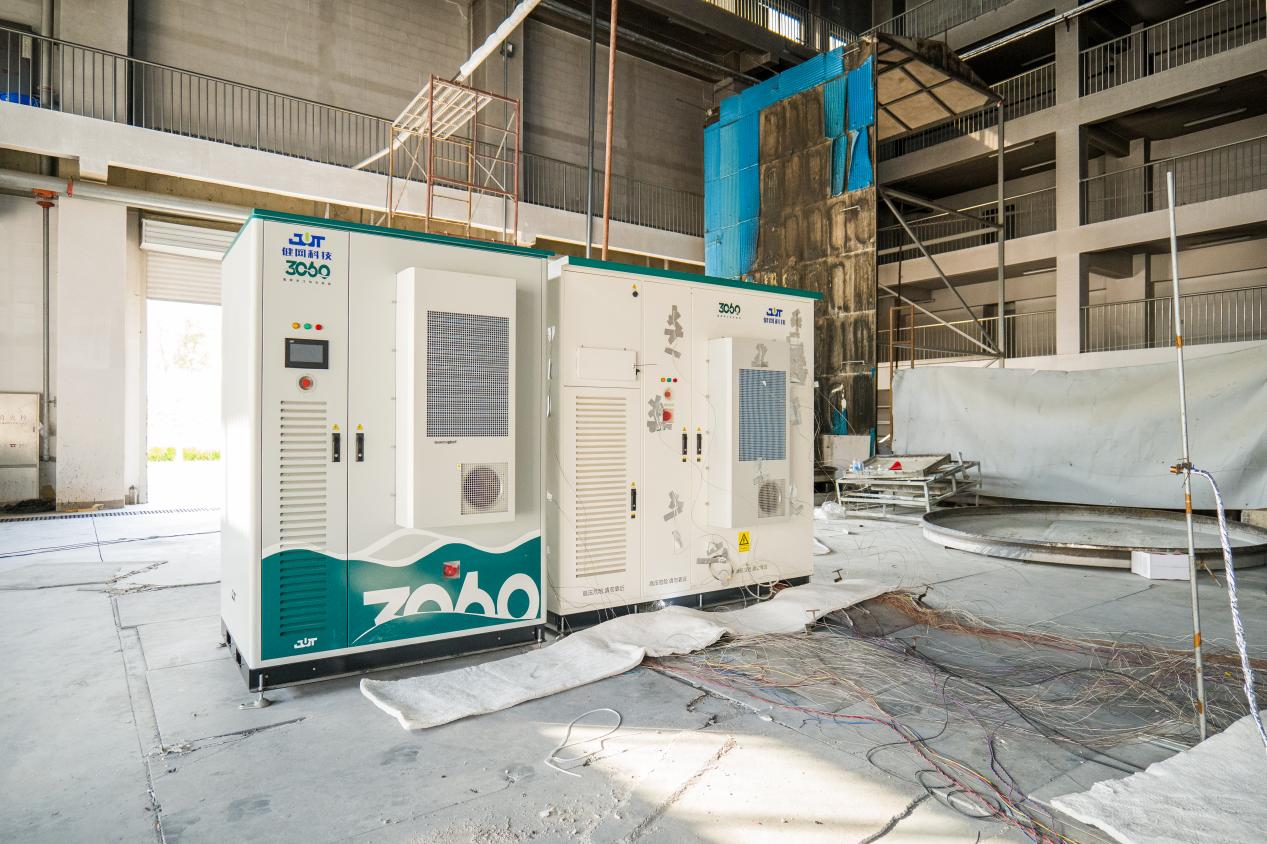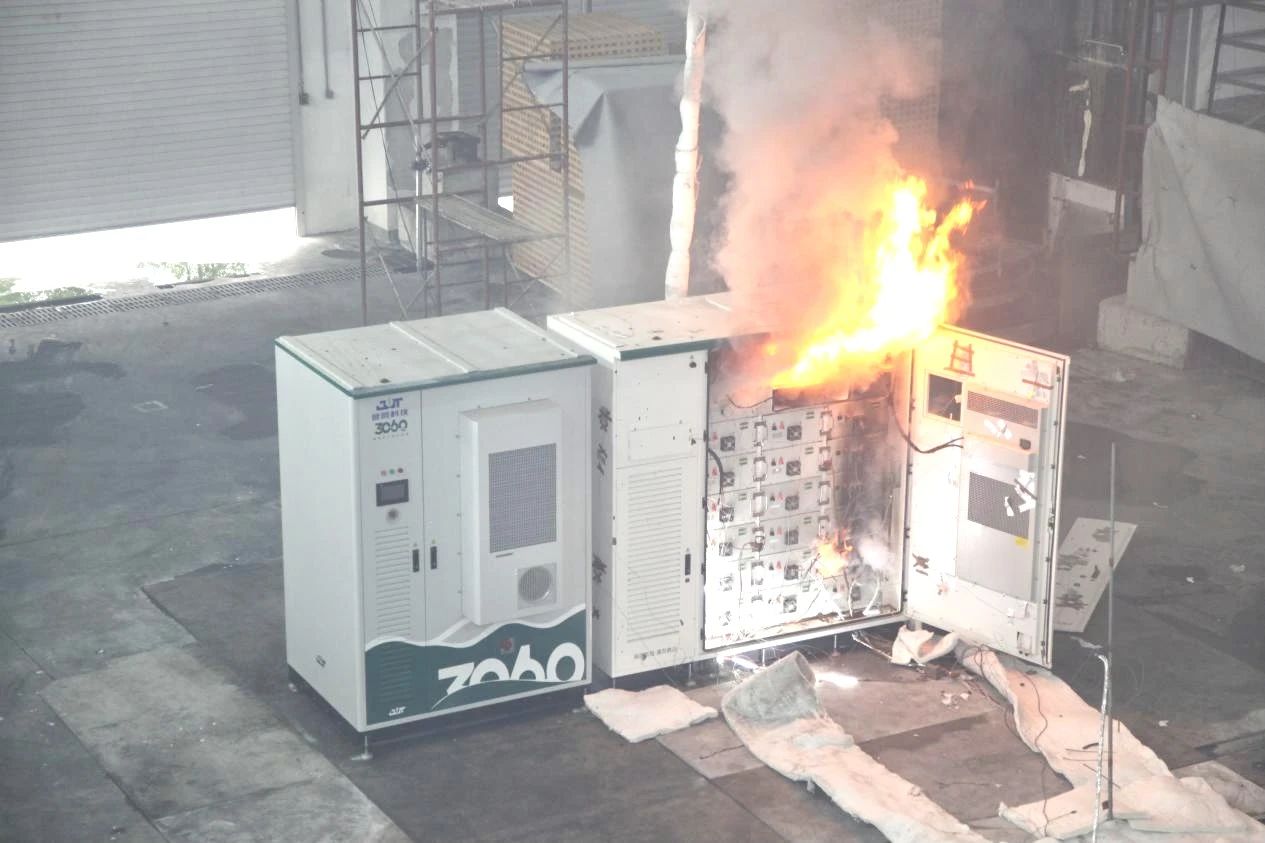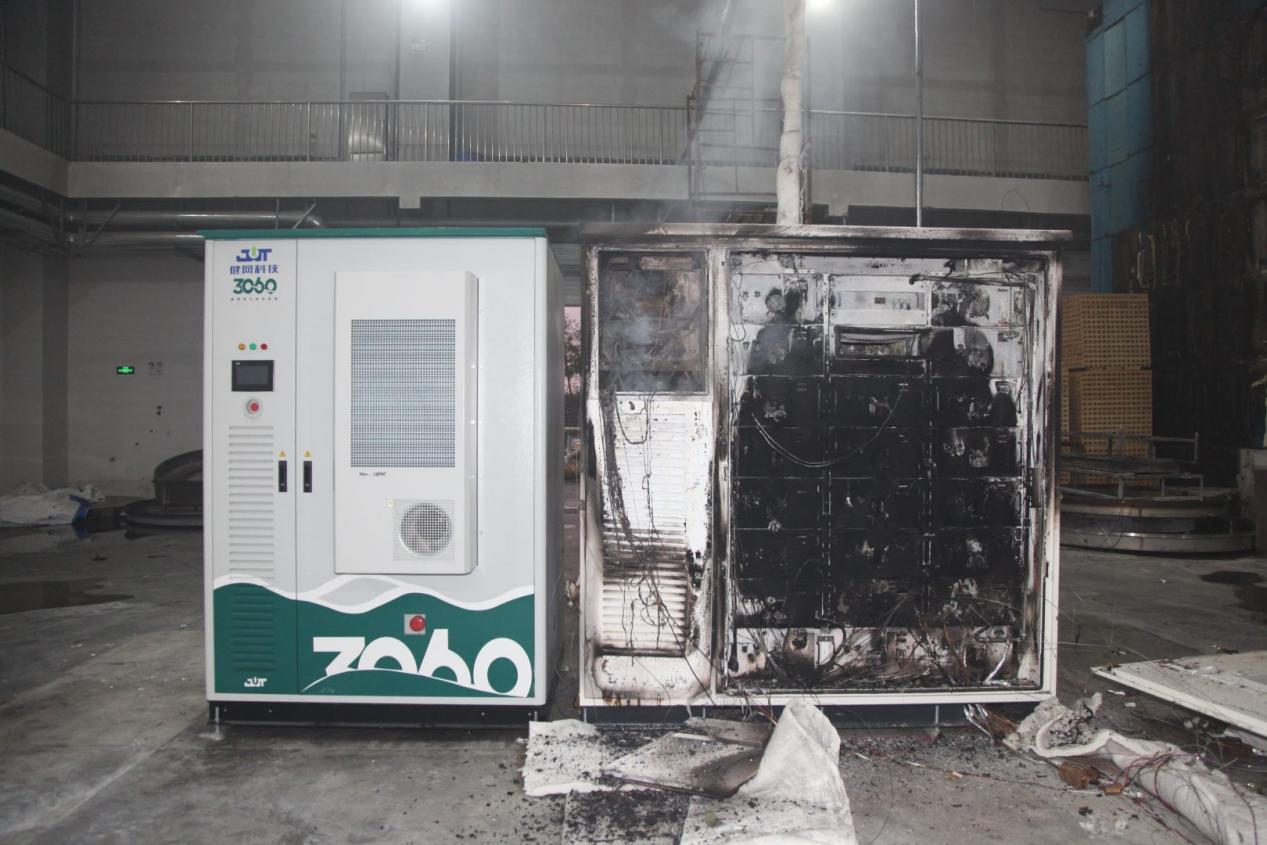
The article is sourced from State Grid Zhejiang Integrated Energy Services Co., Ltd.
On July 3, the company successfully completed the first extreme combustion test of its standardized energy storage system at the Tianjin Fire Research Institute under the Ministry of Emergency Management. This experiment fills the technical gap in real-world thermal runaway testing for compact commercial and industrial (C&I) energy storage systems, providing critical data for establishing and refining safety standards in the C&I energy storage industry.
According to relevant statistics, Zhejiang Province's commercial and industrial (C&I) energy storage industry has experienced robust growth in recent years, with total capacity exceeding 2,000 megawatts. Notably, nearly half of these energy storage projects have capacities below 500 kilowatts, with most C&I users opting for standardized medium- and small-capacity energy storage cabinets in the 100-125 kW single-unit range.
However, such standardized energy storage cabinet projects currently lack stringent national and industry regulations, leaving a professional gap in this field. To address this, the company has taken the lead in
organizing the State Grid (Beijing) Integrated Energy Planning & Design Institute, Shenzhen Jianwang Technology Co., Ltd., and other institutions to conduct targeted extreme combustion tests. These tests aim to validate core parameters for the formulation of the group standard "Fire Safety Evaluation of Small-Scale Distributed LFP Battery Energy Storage Systems."

The test strictly replicated the typical field layout of C&I energy storage systems in Zhejiang Province. Two 220-kWh energy storage cabinets were placed side-by-side with an ultra-compact spacing of just 15 centimeters, equipped with over 200 temperature monitoring points to capture real-time flame propagation paths and thermal radiation data. The entire process was monitored under "zero-intervention" conditions.
During testing, the energy storage units were fully charged, with fire suppression systems physically disabled. Combustion was triggered via a "door-open bottom-ignition" method to accurately simulate extreme safety hazards that may occur during maintenance operations when cabinet doors are not properly closed.
Experimental results revealed that when the flame temperature inside the energy storage cabinet peaked at 1,380°C, all monitoring points within the fireproof perimeter consistently remained within safety thresholds. This conclusively demonstrates that even without active fire suppression systems, the system achieved its "single-cabinet fire containment and omnidirectional isolation" safety objective across all directions.Critically, the thermal radiation levels recorded around the cabinet remained below the ignition threshold for wood (typically 250-300°C), proving its effectiveness in preventing fire spread to adjacent equipment.

"Through this experiment, we observed that while the battery modules inside the cabinet were completely burnt out, the steel structure of the cabinet remained intact with no collapse or deformation," stated the head of the company's Energy Storage Division. "Remarkably, the adjacent cabinet maintained structural integrity, with its battery data monitoring system fully operational. This proves that even at an ultra-close 15cm installation spacing, the energy storage system can effectively contain fires within a single unit and prevent thermal runaway propagation to neighboring cabinets."The company plans to leverage these test findings to advance practical applications of energy storage safety technologies, substantially enhancing facility safety standards. Through government-enterprise collaboration and industry-wide cooperation, these results will contribute to establishing a "Zhejiang Model" for developing national safety regulations in the commercial and industrial energy storage sector.








